When Alice Burnhope was awarded a scholarship to study textiles she didn’t know how to sew or even thread a needle.
Since then, she has evolved into an award-winning textile artist, moving beyond the glue stick to craft fabric forms, wearable art and captivating installations. Alice’s work emphasises the significance of the natural world. Her practice is centred around creating immersive experiences that encourage tactile exploration with the soothing embrace of nature.
At the heart of her practice is the desire to share these benefits with others. Not only does working with others enhance her own mental well being, but she also finds joy in imparting her skills to diverse communities.
Using recycled materials, her workshops focus on skill sharing, storytelling and co-creating, with a dose of nature and the power of connection mixed in. She intertwines art and nature to ignite the senses and nourish the soul, giving marginalised communities a voice and enhancing their overall well-being.
Ultimately, her goal is to harness the healing power of textiles and the natural world.
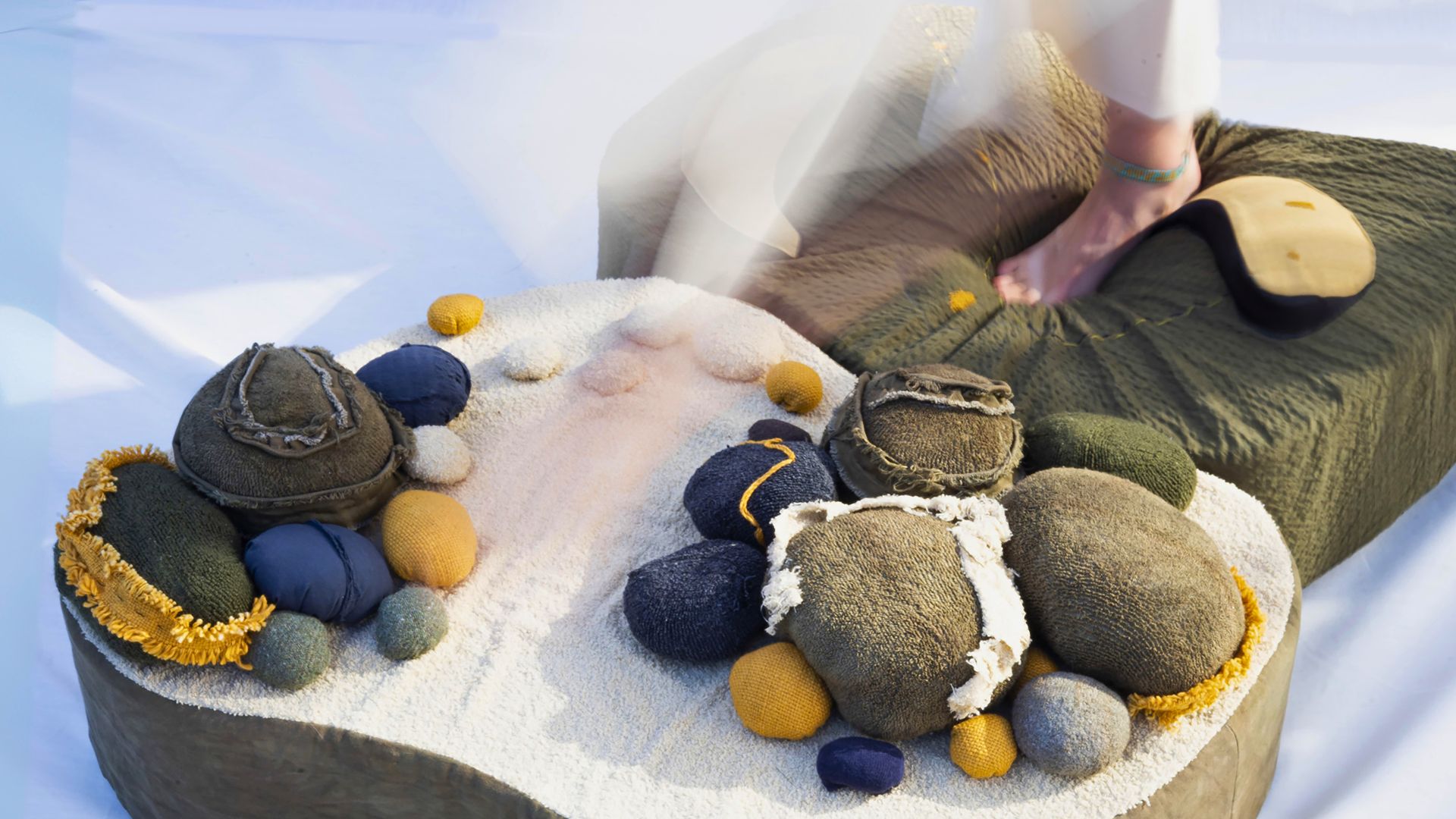
Alice Burnhope: My practice focuses on community engagement and skill sharing, to empower and amplify marginalised voices. I’m aiming to recreate the sense of awe and therapeutic qualities of nature through textiles.
Using traditional craft skills and waste materials, I create wearable art, tactile sculptural forms, and installations inspired by the aesthetics and textures of nature.
My artwork is designed to be activated through touch or interaction. I adore creating pieces where the individual shapes the artwork and vice versa. This reciprocal relationship fascinates me deeply, illustrating our interdependence with the natural world for sustenance and survival.
“My work promotes connectivity to the natural world, fostering environmental stewardship and enhancing well-being through participatory art.”
Alice Burnhope, Textile artist & artist educator
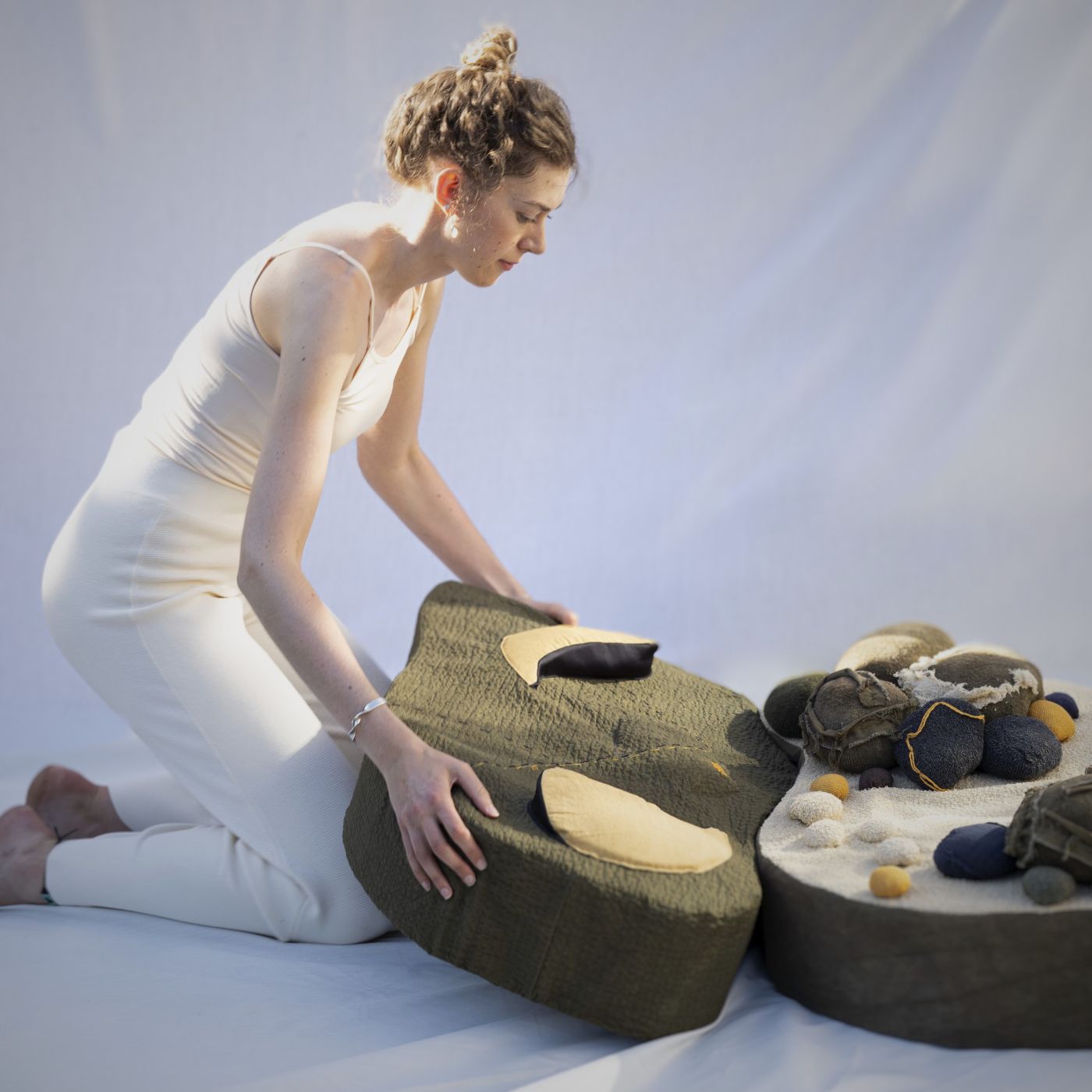
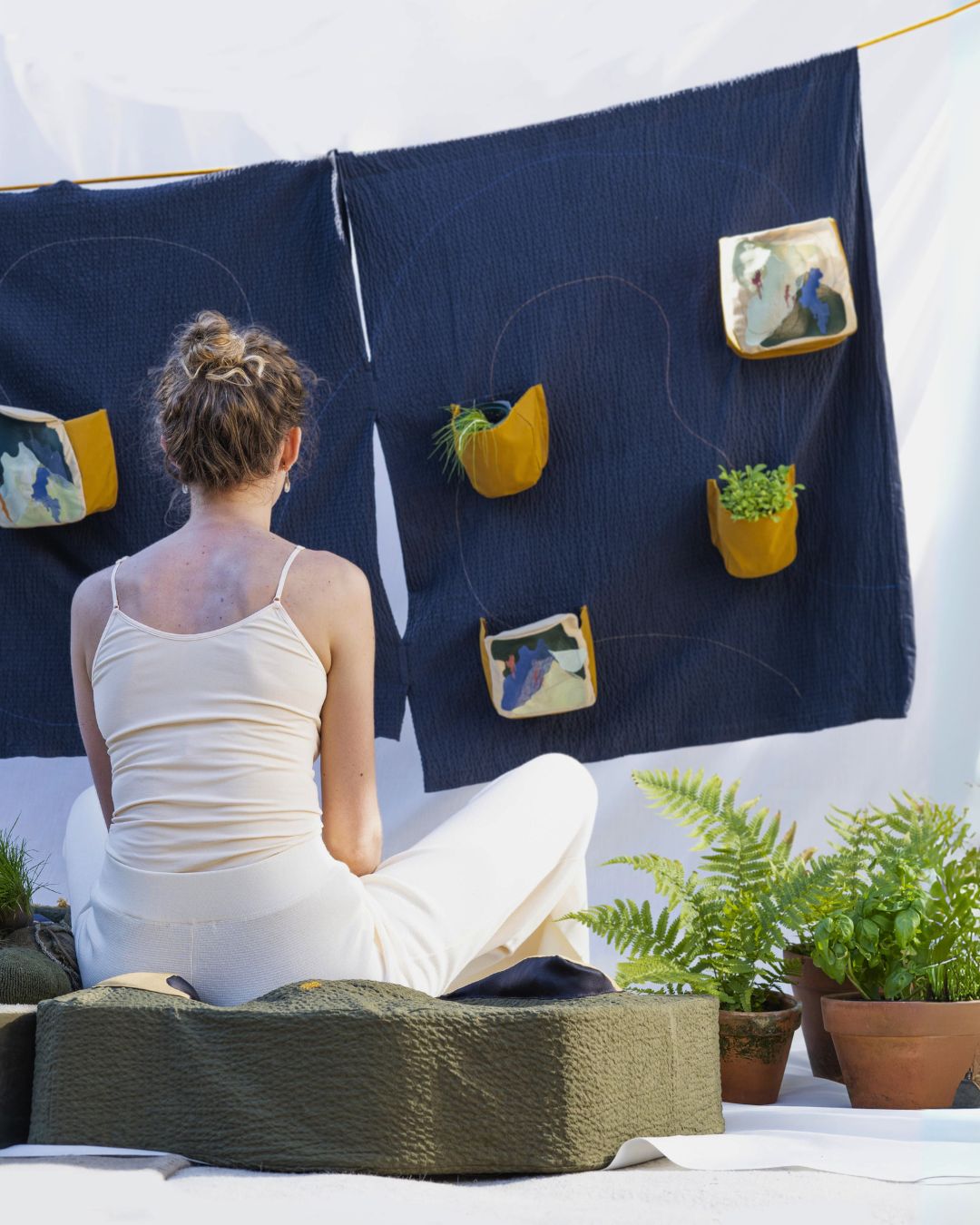
Empowering stitch
Community engagement is a cornerstone of my artistic practice. I work with a diverse array of groups including schools, community centres, charities and marginalised communities.
My approach is deeply collaborative, focusing on co-creating artworks that amplify the voices of participants and foster a sense of belonging and empowerment.
“Overall, my aim is to create art that not only beautifies spaces but also enriches lives and fosters community spirit through the power of textiles.”
Alice Burnhope, Textile artist & artist educator
In my community workshops, we play with traditional craft techniques such as embroidery, natural dyeing and patchwork, often utilising recycled or waste materials.
Participants contribute by sharing their stories and skills, which we then integrate into the final artwork. For example, in one project community members embroidered personal symbols and messages onto recycled fabric pieces that were later assembled into a large, wearable art piece and sculptural installation.
The benefits for participants are multifaceted. Engaging in these creative processes helps to boost their well-being, provides a platform for self-expression, and strengthens their connection to nature and each other.
Additionally, these projects offer a sense of accomplishment and visibility, as the artworks are often exhibited in public spaces such as galleries, allowing their voices and stories to reach a wider audience.
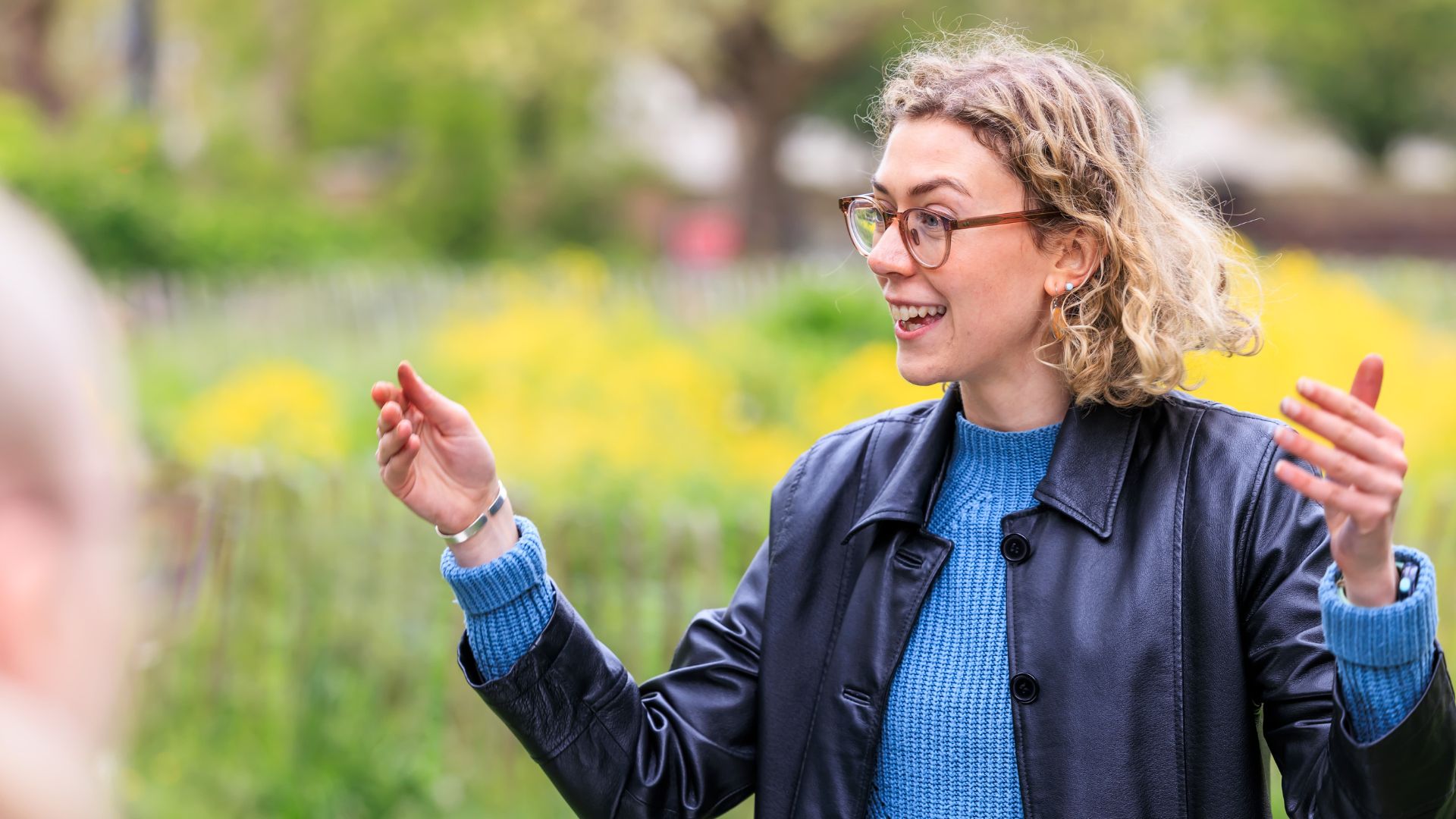
Healing plants
I am a Creative Practitioner for the Royal Horticultural Society’s ‘Gardens of Imagination’ programme (2024-2026). This national co-creation project explores modern-day herbalism through gardens, gardening, plants and their healing powers.
I work alongside individuals from multicultural backgrounds, some experiencing mental or physical ill-health, and volunteers from seven local Lewisham green space growing communities. We aim to connect people with nature and each other.
Together, we created a tactile sensory installation that reflected their collective visual identity and therapeutic experiences within nature. It was showcased at hARTSlane gallery in Lewisham, London, UK.
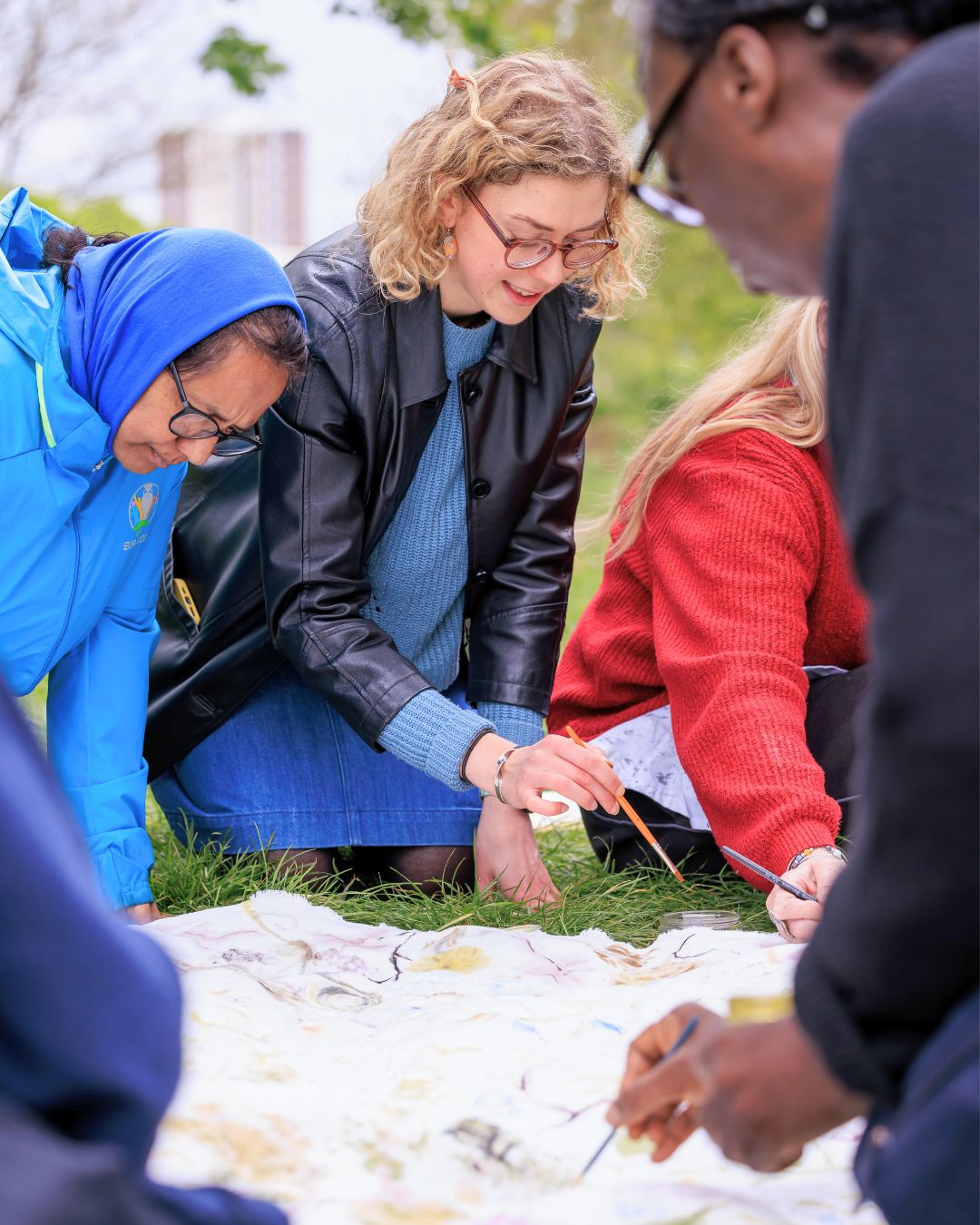
Transforming textiles
Despite being severely dyslexic, I found my passion in the arts. A foundation course introduced me to textiles and I was awarded a scholarship to study Textiles: Innovation & Design at degree level.
Textiles captivated me from the moment I realised their transformative potential. The ability to take a single piece of fabric and shape it into garments, sculptures or installations fascinated me deeply.
The unparalleled versatility and creative freedom of textiles allow me to explore endless possibilities in form and function. I was drawn to the profound emotional connection we have with textiles throughout our lives.
From the day we are born until our last breath textiles envelop us, providing comfort, warmth and a means of self-expression. They are integral to our daily existence, reflecting our identities and histories.
I am constantly exploring new ways to harness the tactile and expressive qualities of textiles to create meaningful, evocative artwork that resonates with others.
“This intimate relationship with textiles ignited my imagination and continues to inspire my artistic journey.”
Alice Burnhope, Textile artist & artist educator
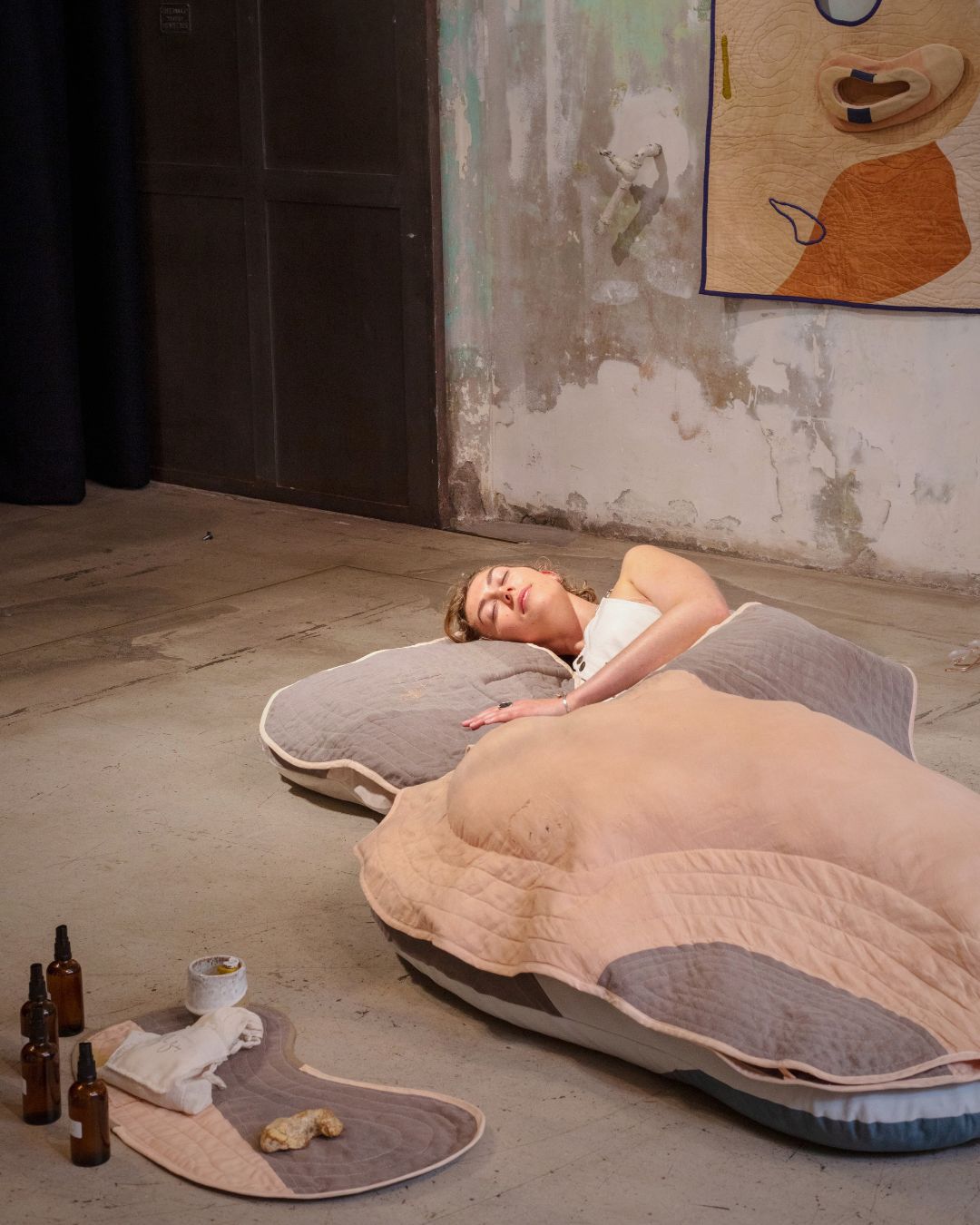
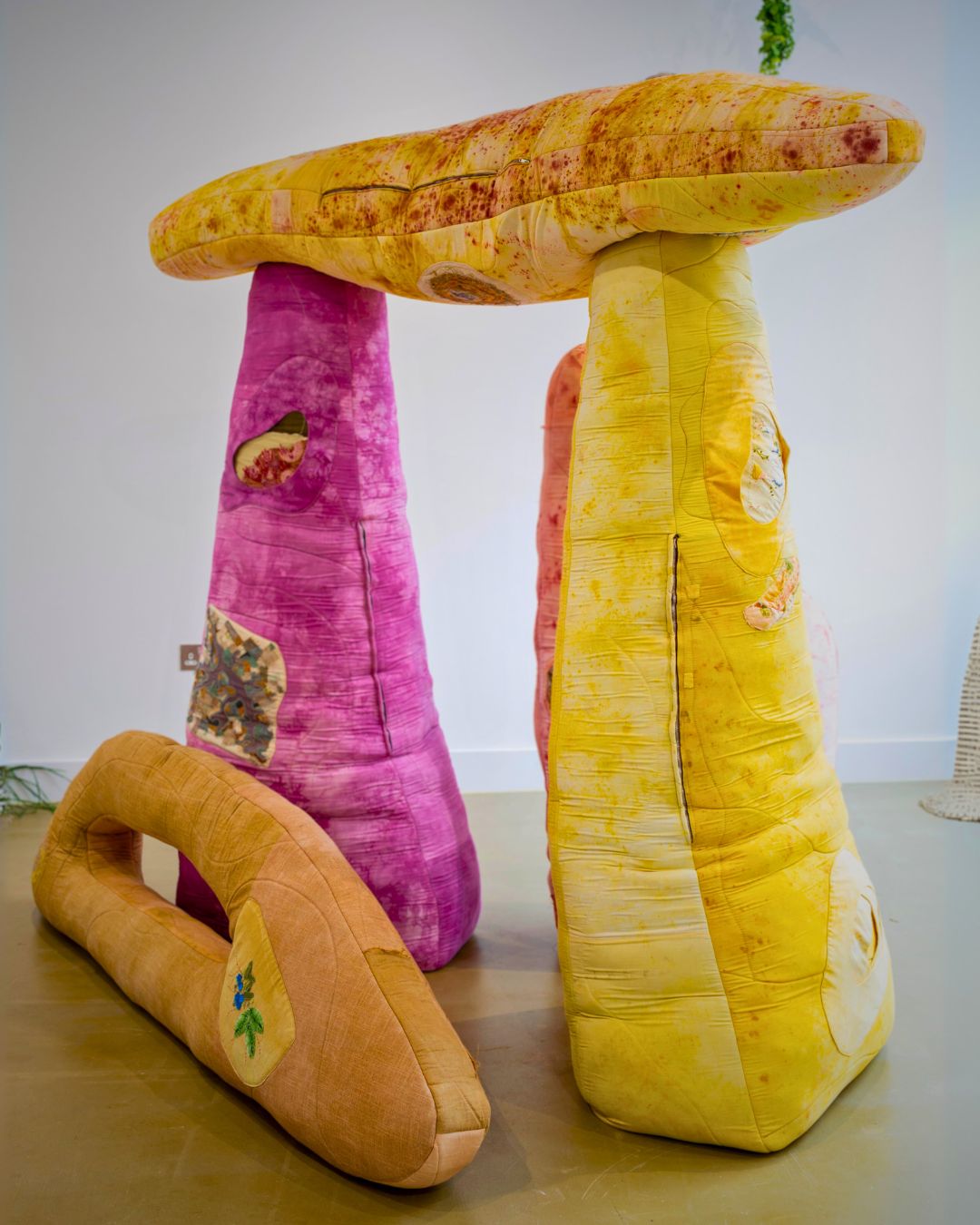
Igniting creativity
Geology is a significant inspiration for me. The forms, textures and colours found in geological structures are visually captivating. Beyond their aesthetic appeal, the origins of these formations are incredibly grounding and humbling.
Understanding that they were created over hundreds of millions of years through the Earth’s movements and natural processes reminds me of our small place within the vast timeline of the Earth’s history.
This perspective fuels my creative process, illustrating the profound and intricate beauty of the natural world.
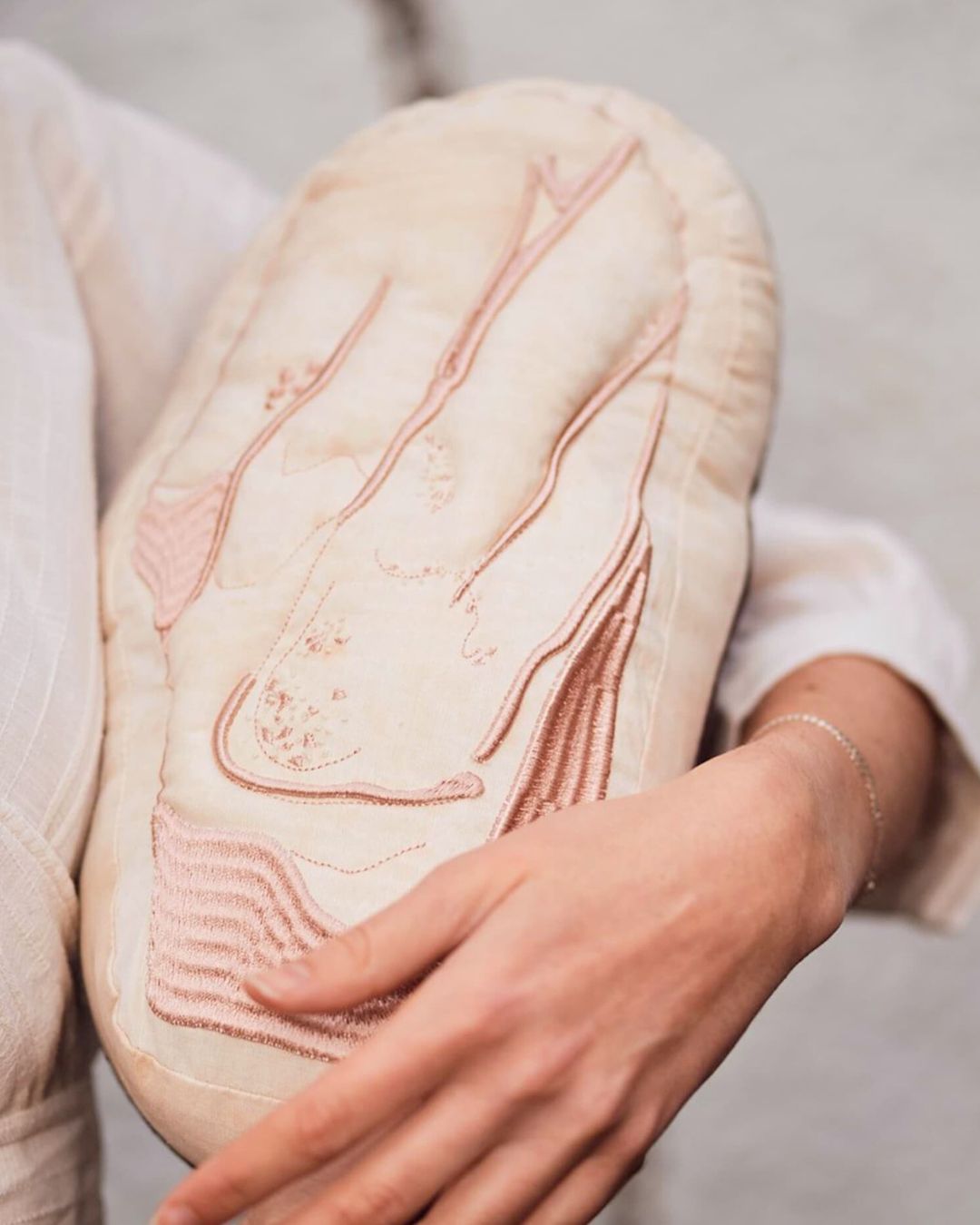
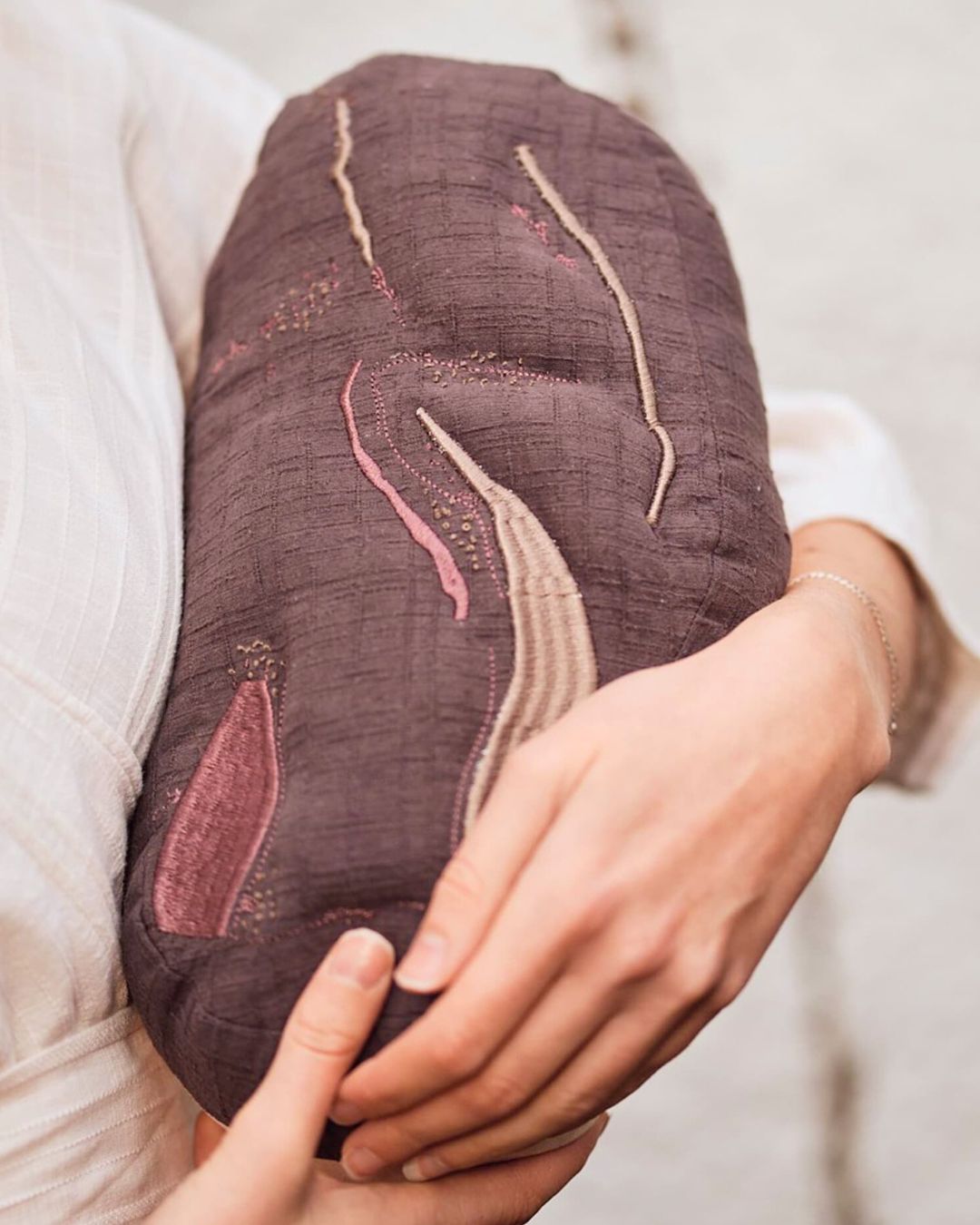
Becoming inspired
My creative process typically begins with immersive experiences in nature, where I absorb the tactile and visual qualities of my surroundings.
I start by sketching and documenting forms and textures that resonate with me. This initial research informs my exploration of textile techniques that will enable me to translate these experiences into tangible artworks.
Refining these techniques to achieve the desired effect is often a process of trial and error. Once satisfied, I methodically plan the steps required to bring the artwork to fruition.
“Hand stitching is pivotal for adding texture and nuance, while machine stitching plays a crucial role in the structural integrity of the work.”
Alice Burnhope, Textile artist & artist educator
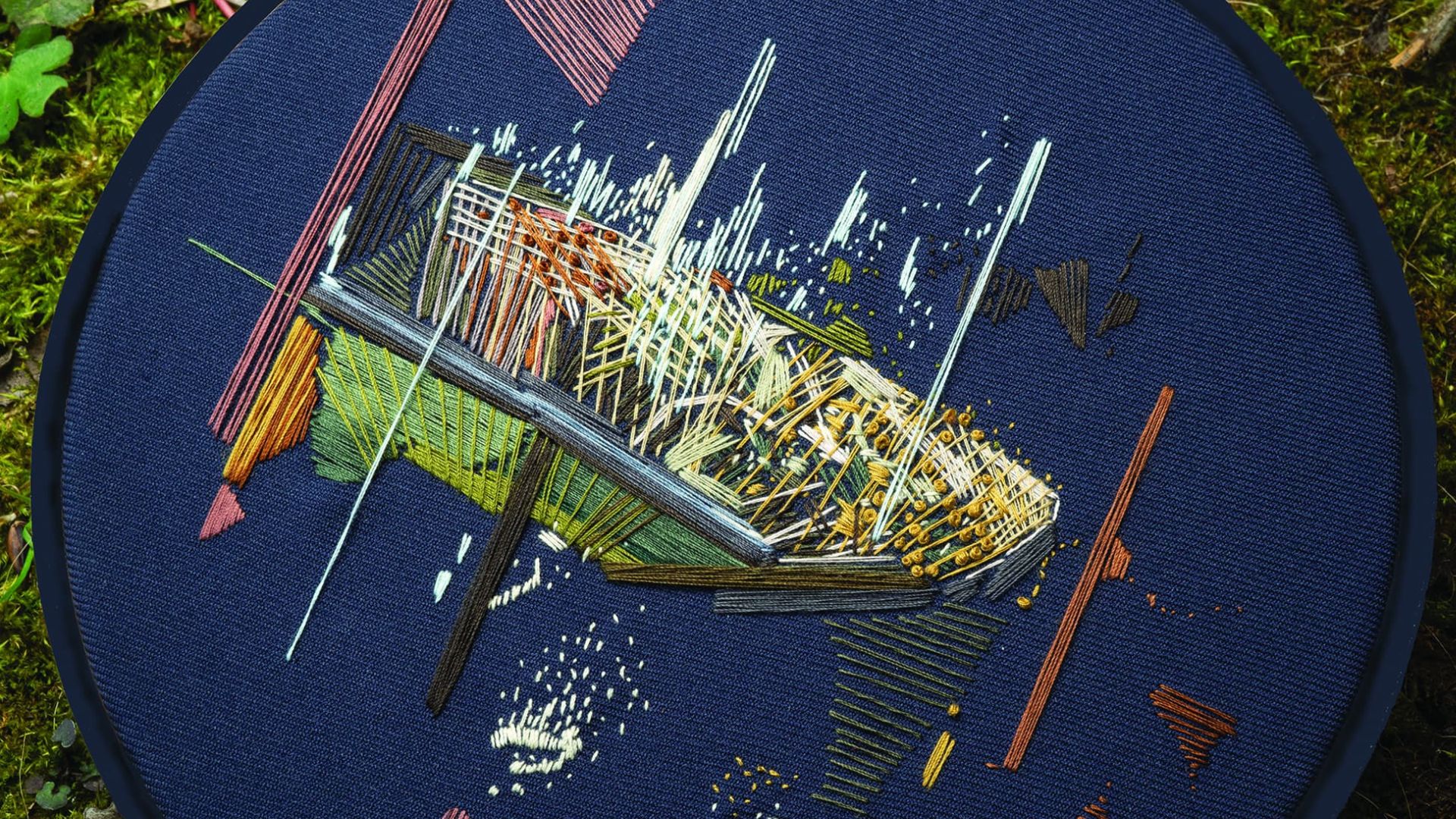
Stitching ecologically
Sustainability and environmental awareness are fundamental principles in my artistic practice. I believe deeply in our interconnectedness with nature: our well being and survival depend on the health of the planet.
This conviction drives me to minimise my ecological footprint through conscientious choices in materials and processes. I prioritise using secondhand fabrics, deadstock and offcut cottons and linens.
These materials reduce waste and also offer unique textures and histories to my pieces. They also align with my commitment to sustainability. I enjoy sourcing these fabrics through charity shops or from friends, as this process adds a personal and community-driven element to my art.
By repurposing materials, I hope to inspire others to reconsider the value of discarded textiles and to embrace sustainable alternatives. Additionally, I advocate for the use of certified sustainable fabrics and encourage brands to adopt more environmentally responsible practices.
Ultimately, my goal is to create art that not only engages and inspires but also fosters a deeper respect for our natural world.
“I aim to contribute positively to environmental stewardship and promote a more sustainable future for textile artistry and beyond.”
Alice Burnhope, Textile artist & artist educator
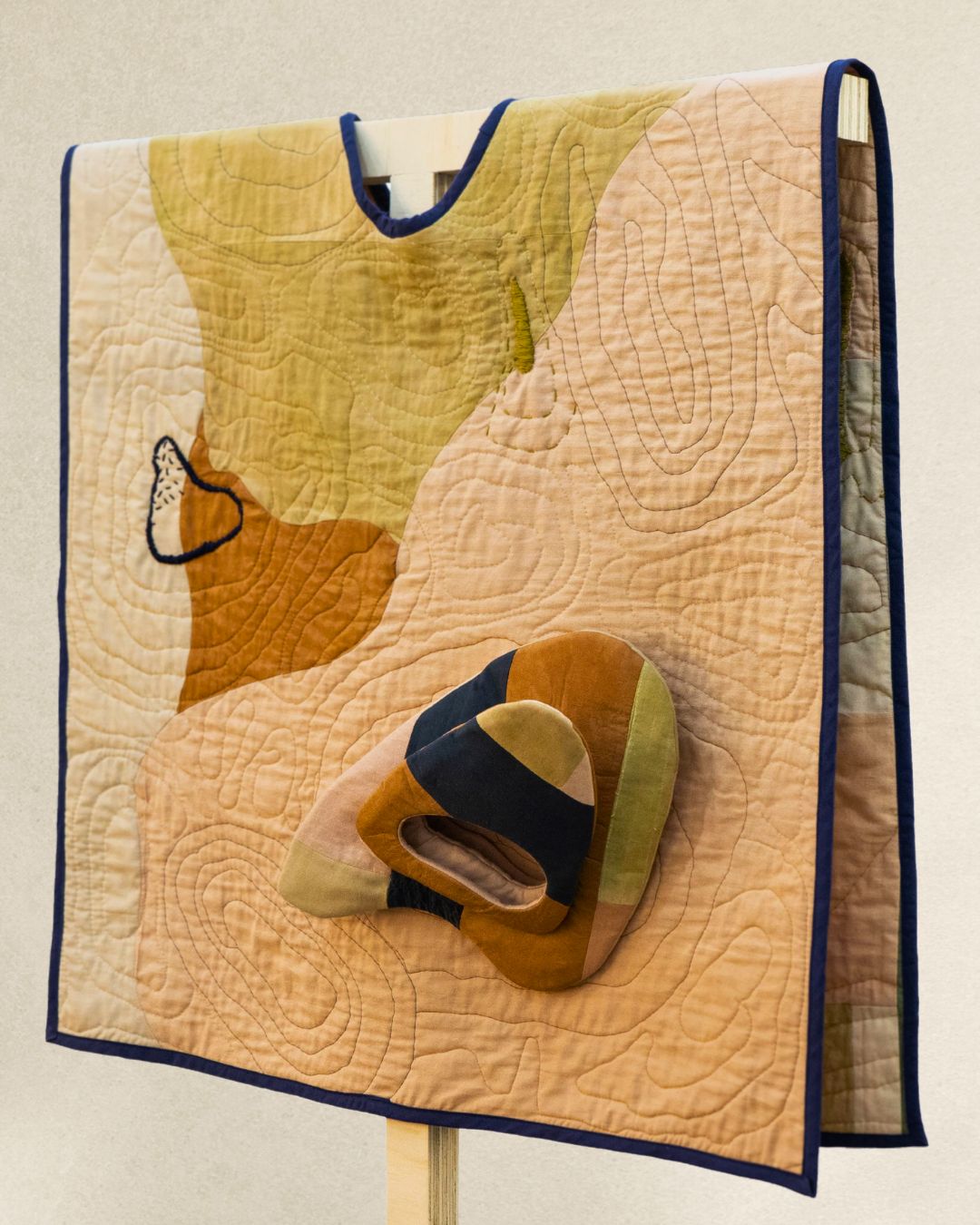
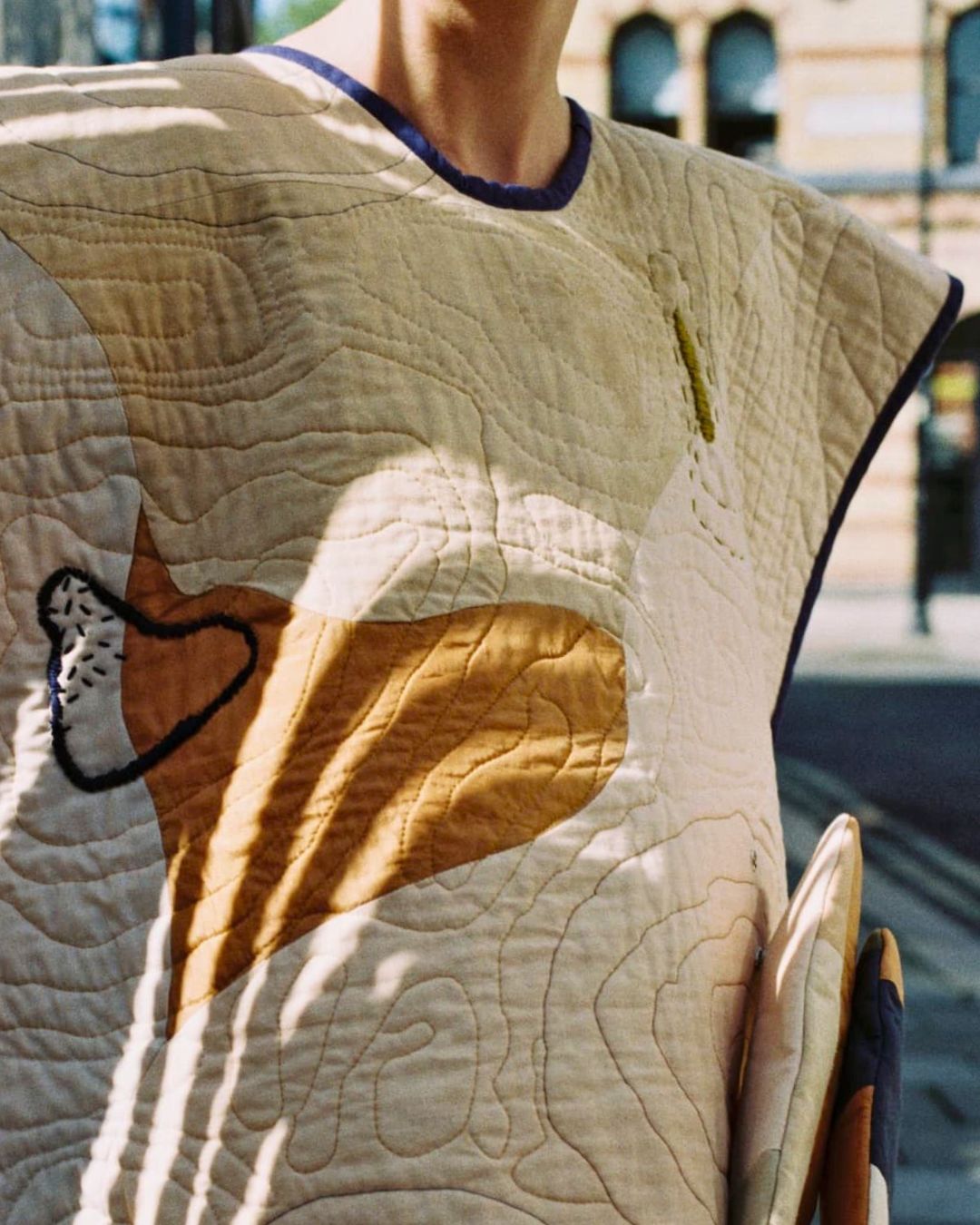
Observational skills
In my Stitch Club workshop, my aim for members is to develop a keen eye for observing the intricate forms, textures, and colours of nature. By honing these observational skills, members will be inspired to create beautiful, tactile artworks that reflect the natural world around them.
My hope is that participants gain confidence in using these natural elements as a rich source of artistic inspiration, transforming their observations into unique and expressive textile pieces.
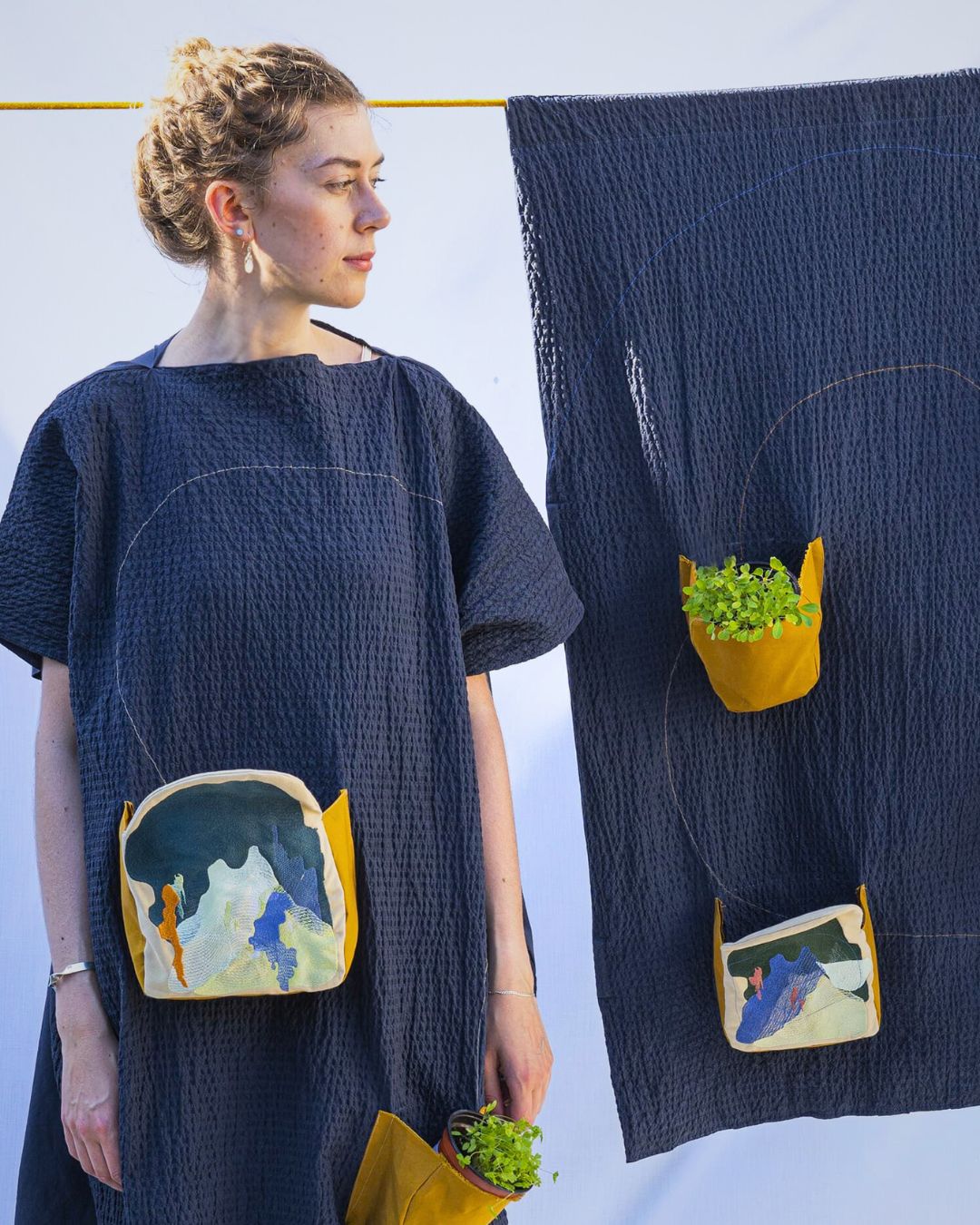
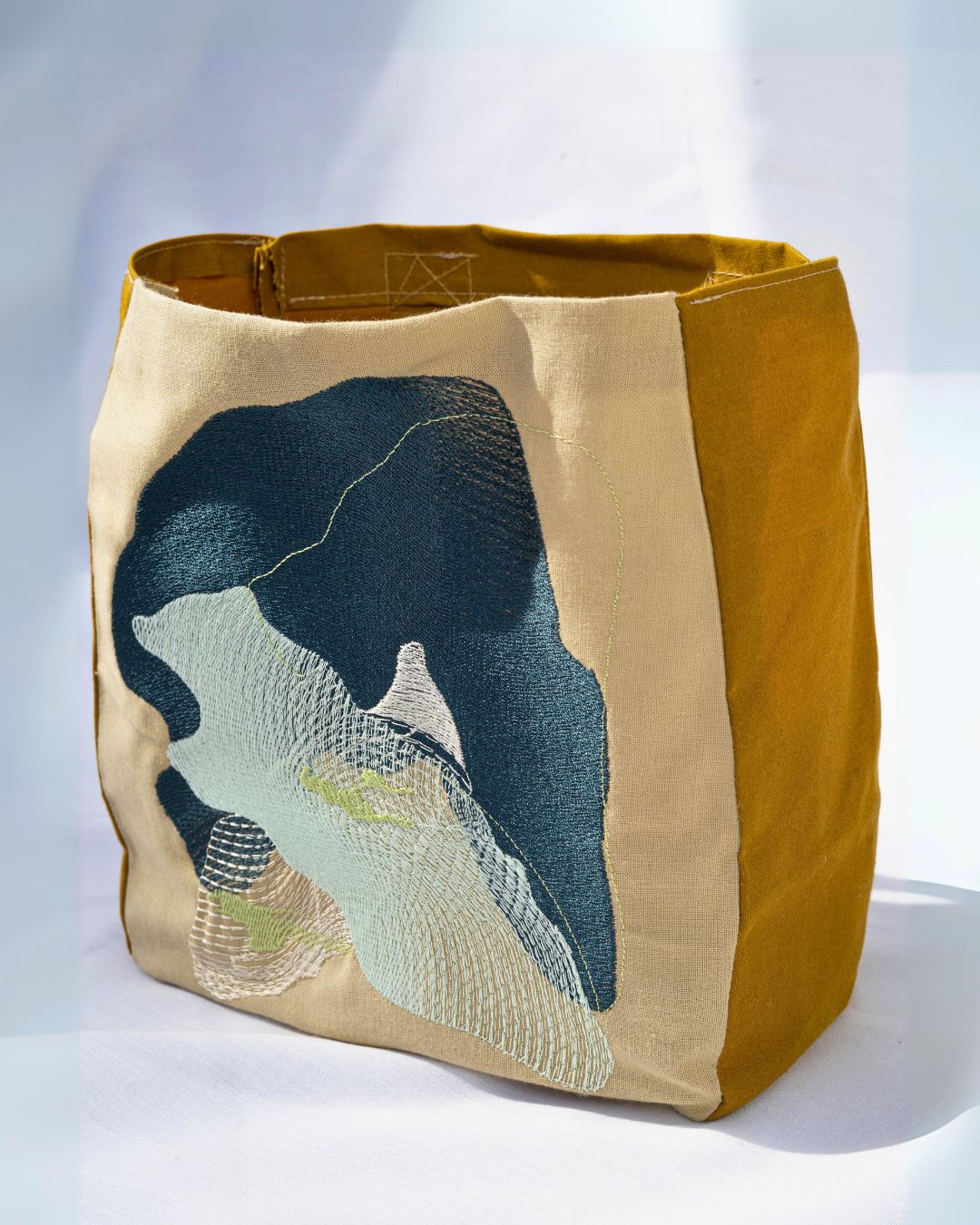
Dyeing naturally
Dyeing with natural dyes is a great way to begin reconnecting with nature through textiles. If you are new to this process, I recommend starting with an onion dye bath. Collect 50 per cent of the weight of your textile fibre in onion skins. For example, if you have 100g (3½ oz) of cotton, use 50g (1¾ oz) of onion skins.
Simmer the skins for 30 minutes to one hour. Sieve the liquid to remove the skins. Pre-wet your fibre and then pop it in the liquid and simmer or boil for another 30 minutes to one hour depending how strong you want the colour to be. You can also take it off the heat and leave it to steep overnight. Just go for it and enjoy!
‘Natural dyes have a mind of their own, so every outcome is a beautiful surprise.’
Alice Burnhope, Textile artist & artist educator
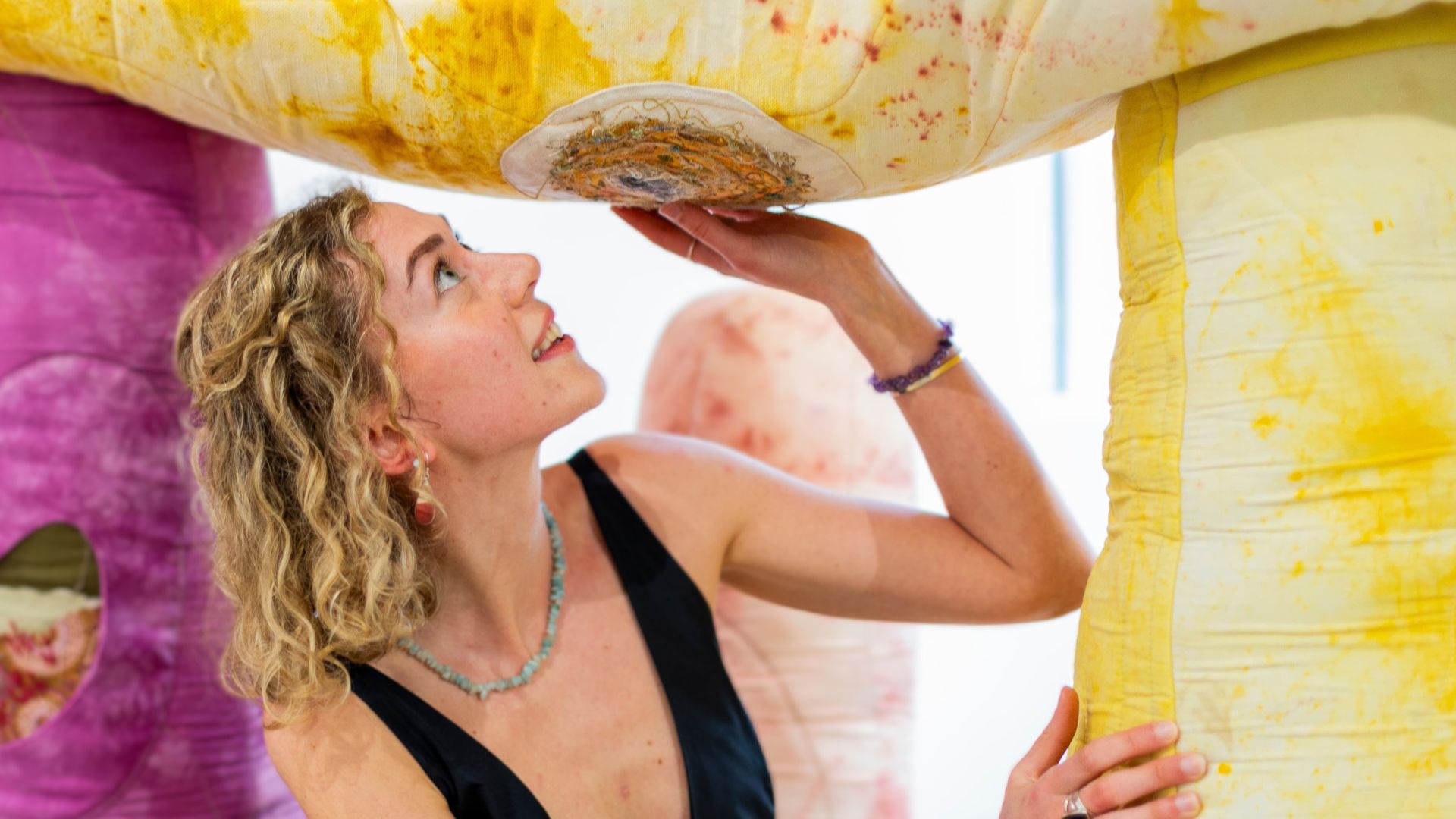

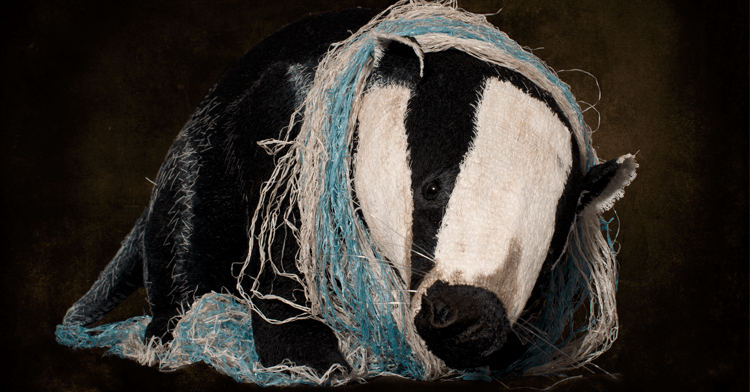
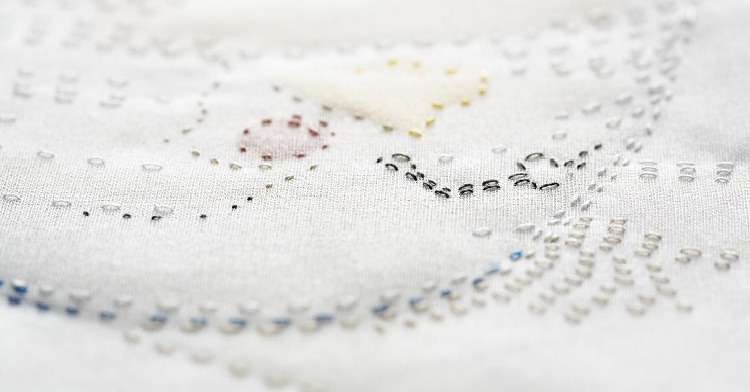
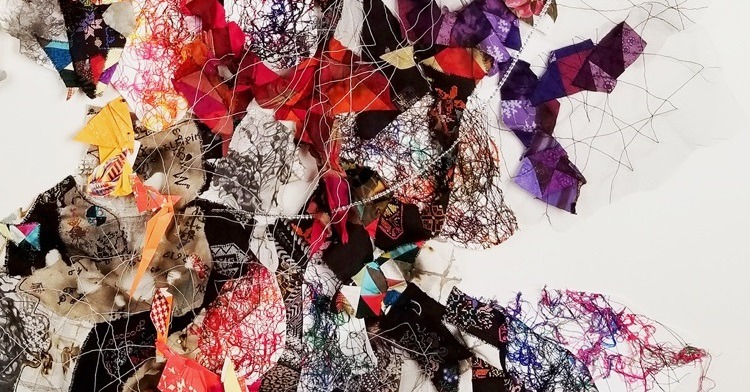
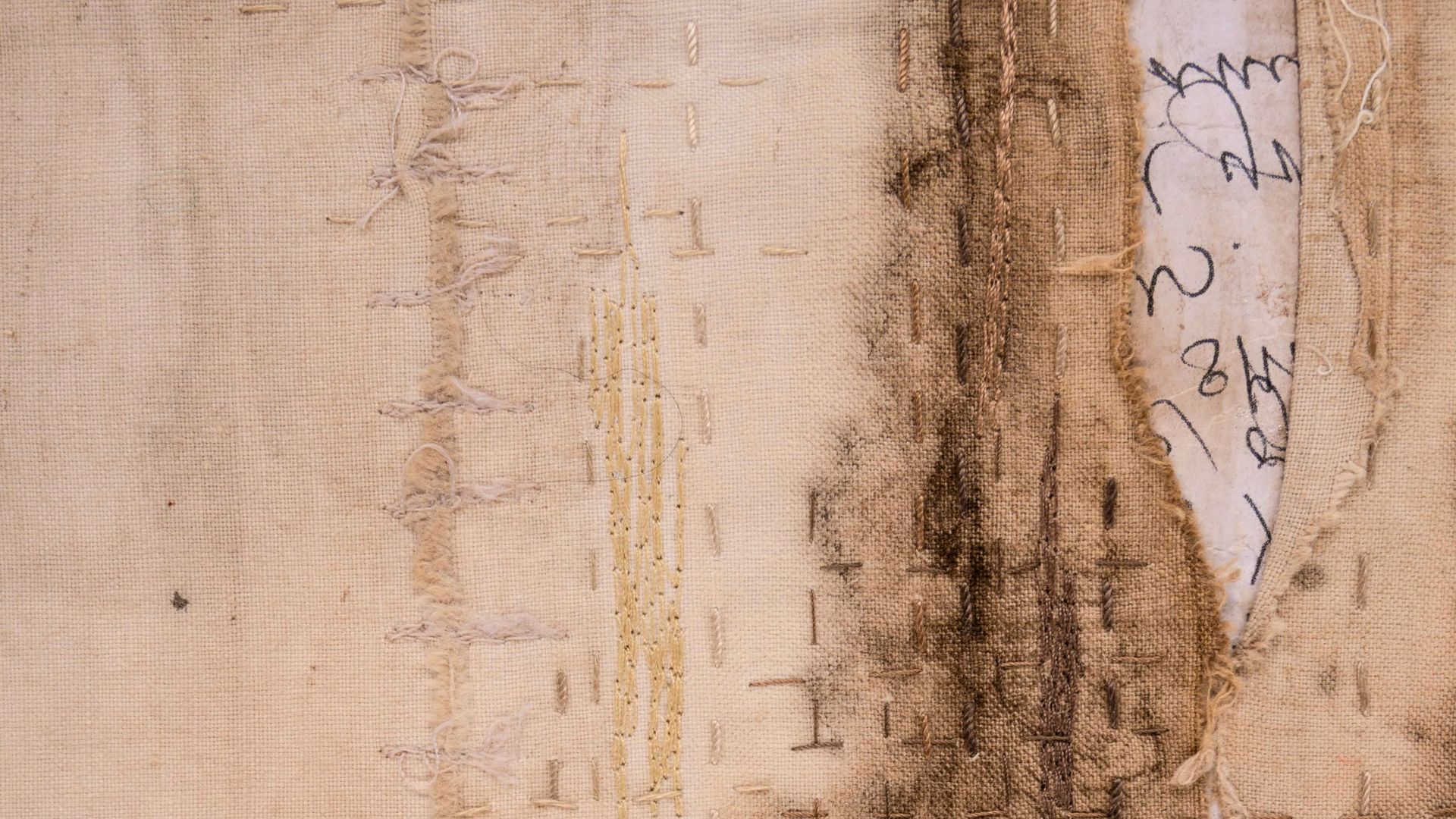
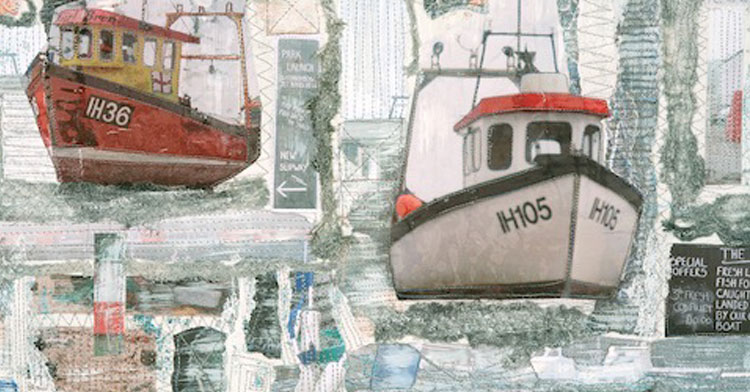
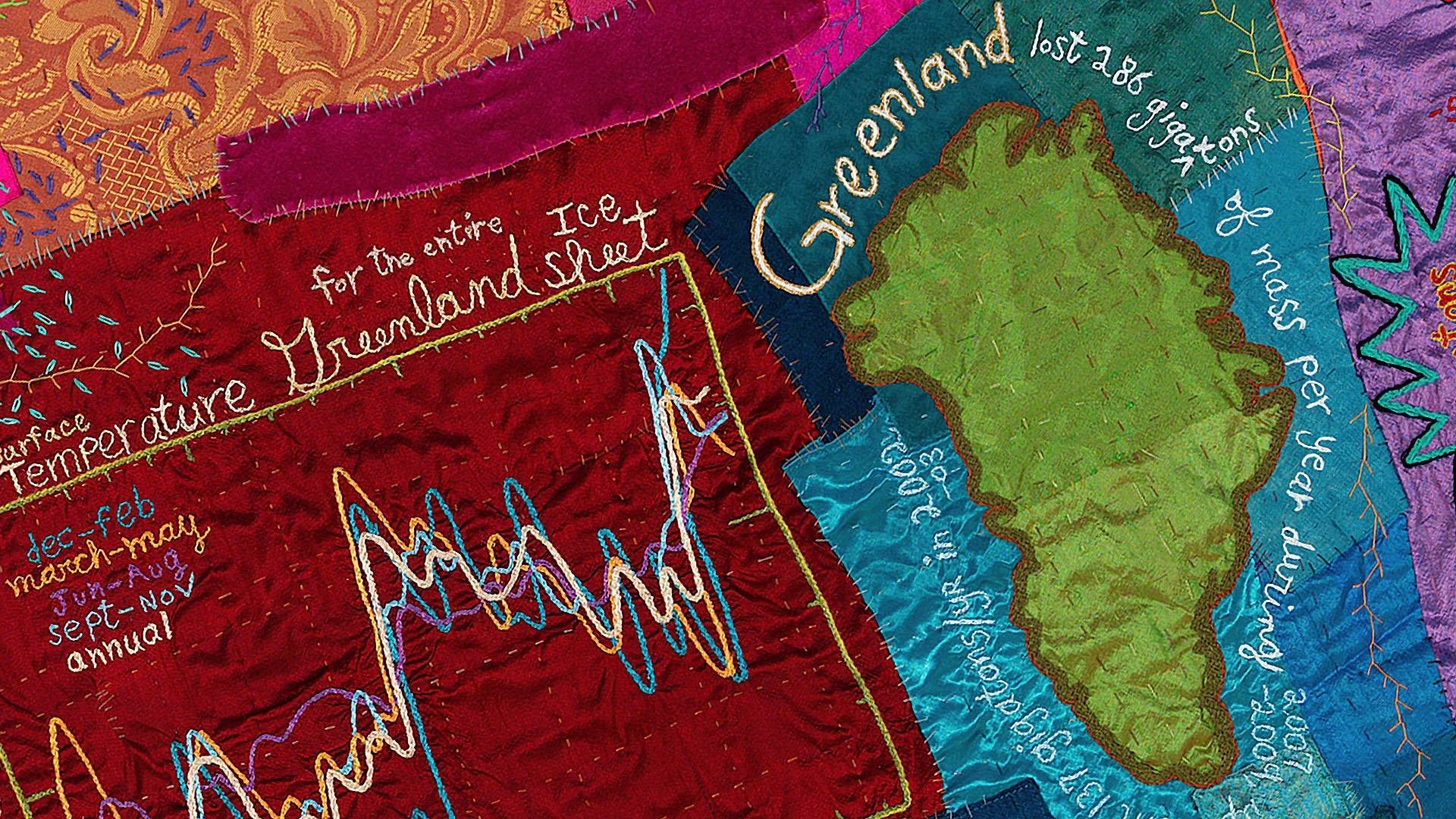
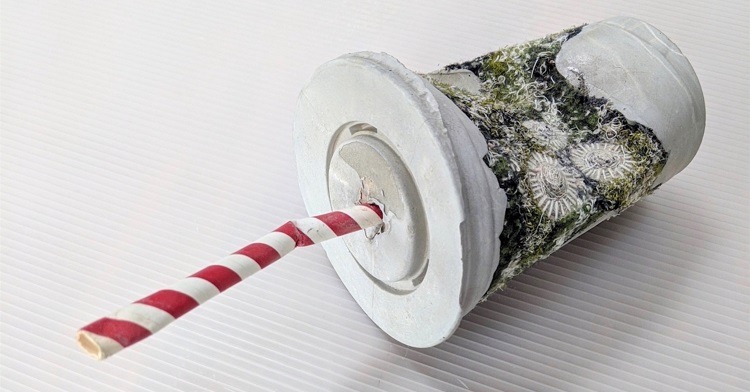
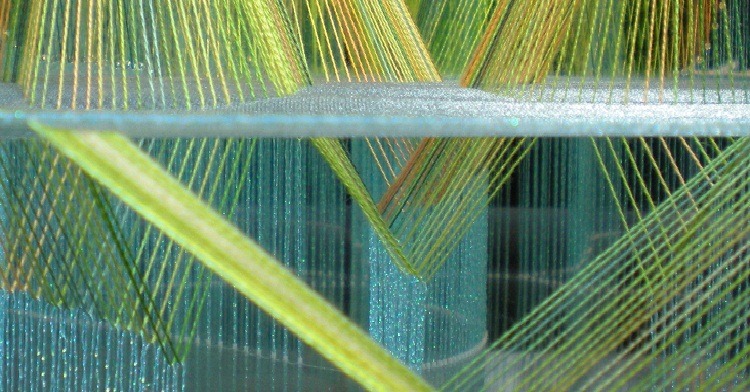
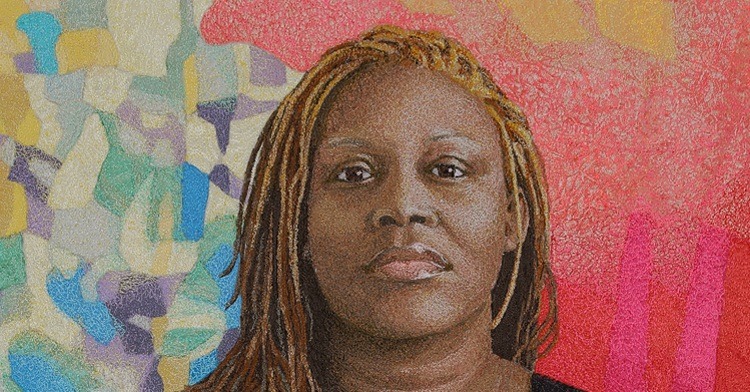

2 comments
Ronald Bloom
i am an eighty-nine year old outsider tapestry artist who has slowly reshaped my work into 3D efforts. i use buttons, scrapes of used fabric and wood to make brooklyn bridges…tenements and newsies …complete with dresses…nickers…shoes etc. coming late to the loom has been a most welcome surprise. sharing these late productions of mine with fellow retirees another pleasure.
Alice Burnhope
Thank you so much for sharing Ronald. It’s so great to hear the pleasure textiles have given you. Best of luck with your creative journey 🙂